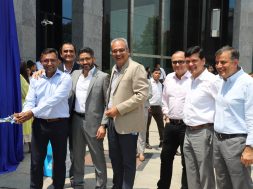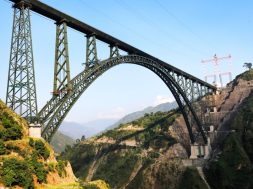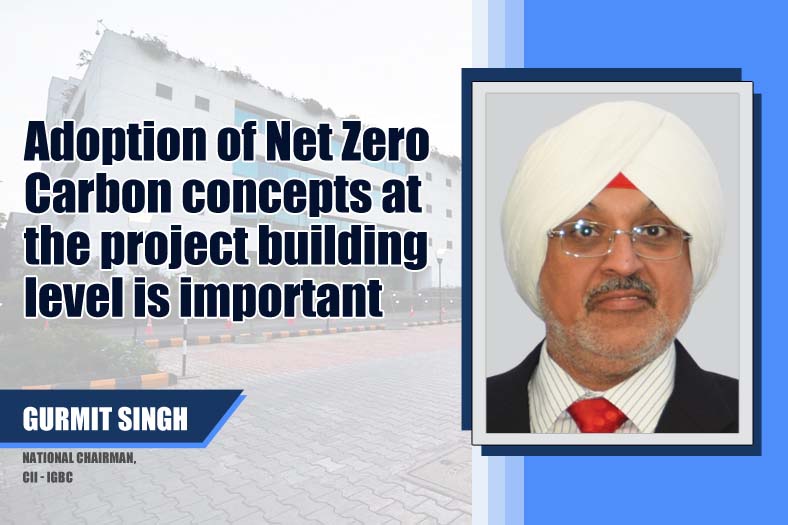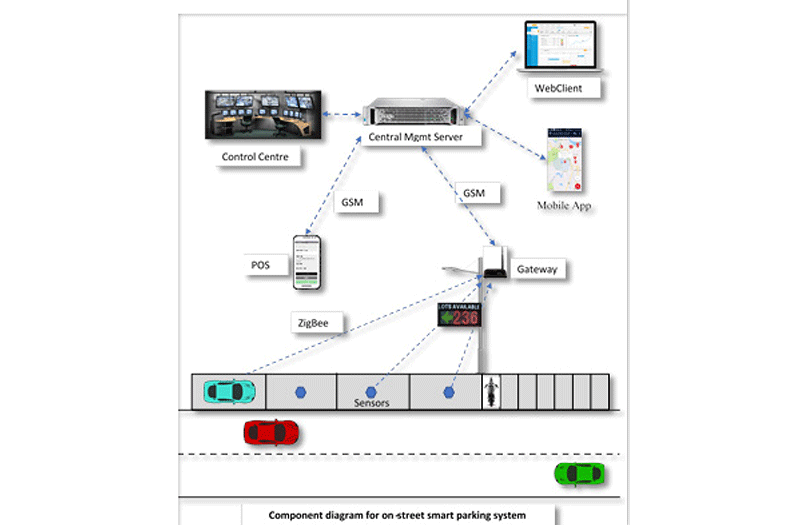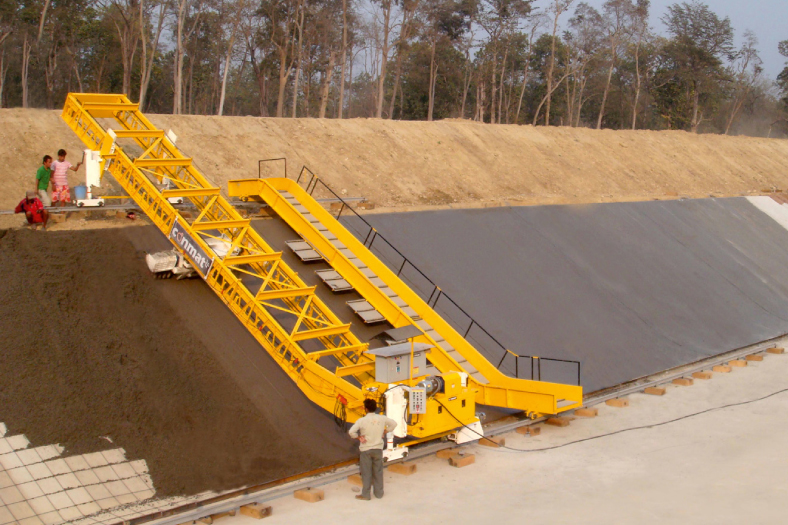The concerns of urbanisation in India
Pradeep Misra, CMD, REPL points out the critical issues in urban infrastructure of the country
Urbanisation in India has emerged as the pertinent trait throughout the nation. As economy of the country is strengthening, rural markets are gradually transforming to potential business centres. Smaller cities are expanding with growth in population as well as area and larger cities are gradually transforming into Metropolitans. 32 per cent of the country’s population lives in urban locales. Delhi, with a population more than 25 million, is the 5th largest City in the world. As urbanisation is pacing up with cities transforming into industrial hubs as well as economic hubs, the urban population is poised to contribute over 75 per cent of GDP in the next 15 years.
People from rural areas are migrating to urban centres in search of livelihood further contributing to the urban growth. A large number of students migrate to cities and towns from nearby rural areas for education. With growing urban migration, an inadequacy in urban areas is gradually emerging as a critical issue. The age demographic of the country too is contributing largely to urban growth. 61 per cent of rural population belongs to the working age group of 15 to 59 and they undoubtedly are depended on urban and semi urban amenities.
Civil infrastructure such as water supply, sewerage and solid waste movement has been the primary issue in urban management and planning. Survey reports have shown that across cities and towns in India, water supply is available only for 2.9 hours a day. 40 to 60 per cent of water supply is from non-revenue sources. National Sample Survey (NSS) 65th round reported that only 47 per cent of urban households have individual water connections. It is estimated that 40 to 50 per cent of water are lost or wasted within the distribution system. The government is on a critical condition to subsidise water, as the cost to pump out water is not able to meet the requirement owning to larger urban sprawl. As city expanses are growing, more electricity is required to pump water and the cost is proportional to increasing length of pipeline and growing distribution network. This shortfall directly translates into inadequate water supply in urban areas.
30 to 50 per cent households do not have sewerage connections and less than 20 per cent of total wastewater is treated. A recent survey by Centre for Science and Environment (CSE) indicated that 71 Indian cities highlights lack of infrastructure and neglect sewage. Only 30 per cent of the country is officially recorded to have sewage treatment facilities. A report by the same organisation also showed that 70 to 80 per cent of India’s wastewater ends up in rivers or lakes. According to World Health Organisation (WHO), more than 87 per cent of people in Indian cities have access to toilet but with leaking and incomplete sewage systems. If the issue is not properly addressed, India will have to suffer larger challenges due to water scarcity and encroachment of water bodies in the bleak of rising population.
The absence of Metro Rail System and lack of expertise in Rapid Bus Transportation System has been the major challenges to public transportation system in urban India. In many cities such as Indore, Baroda and Surat, public transport system is run by private entities. National Urban Transport Policy (NUTP) has emphasised on the need to integrate urban transportation with land use planning. The primary challenge for improved bus transport is to offer high quality service at affordable price. It is imperative for the government to evaluate alternative public transport technologies matching with structure and features of cities. Cities can improve bus services by implementing improved information system and prioritisation of bus flows through dedicated bus lane.
Urban transportation is been a major issue in most of the cities in India. The primary reason for this is the imbalance in implementation models. Other reasons are inadequate transport infrastructure, lack of integration between land use and transport planning. Moreover, lack of public transportation encourages private vehicles, which contributes to traffic congestion and urban pollution. The shape of the city is very important for selecting the appropriate mode of transportation. Apart from this, capacity building is an important factor in implementation of successful public transportation. A number of cities have prepared Comprehensive Mobility Plans, modern bus services and Bus Rapid Transportation.
As Indian urban growth is highly unorganised, it has metamorphosed as a challenge to the government that is hard pressed on its agenda of urban development. The rapid and unprecedented population growth in urban areas is primary contributor of common issues in Indian cities. Lackadaisical transportation facilities, safety, public services, roadways, housing and paucity in almost every essential elements of daily living is a common issue in metropolitans and large towns in India. Urban sprawl, safety and accessibility of traffic or transportation and housing are among most critical issues in urban infrastructure of the country.
Authored by__
Pradeep Misra, CMD, REPL critical issues in urbaninfrastructure of the country
Cookie Consent
We use cookies to personalize your experience. By continuing to visit this website you agree to our Terms & Conditions, Privacy Policy and Cookie Policy.
